The Comprehensive Guide to the Formula One Ladder

It takes a lot of work to get in that seat
Photo: Jake Archibald
Becoming a Formula One driver is no easy feat; in fact, there may be not be a smaller and more elite group of athletes in the world. In more mainstream sports, such as soccer, basketball, and even golf, you can find hundreds—and in some cases, thousands—of individuals competing at the highest possible professional level.
However, if a driver wants to compete in open-wheel racing cars at the highest level—and some would say at the highest possible level of all global motorsports regardless of type—they must rise through the ranks and prove they are worthy of one of just 20 available Formula One seats.
In terms of exclusivity, this can only be compared to other top-level racing series such as IndyCar and the World Endurance Championship, though Formula One cars remain quicker around a circuit and the sport attracts the most prestige, money, and talent—as is partially exemplified by the many ex-F1 drivers who filtered into IndyCar or the WEC only after they retired or were not good enough to keep their seats.
But if Formula One is such an elite and exclusive club, how do drivers get there? For starters, they need to get racing, preferably at a very young age, and winning—a lot. For most people, that means climbing through the Formula One feeder series.
Feeder series
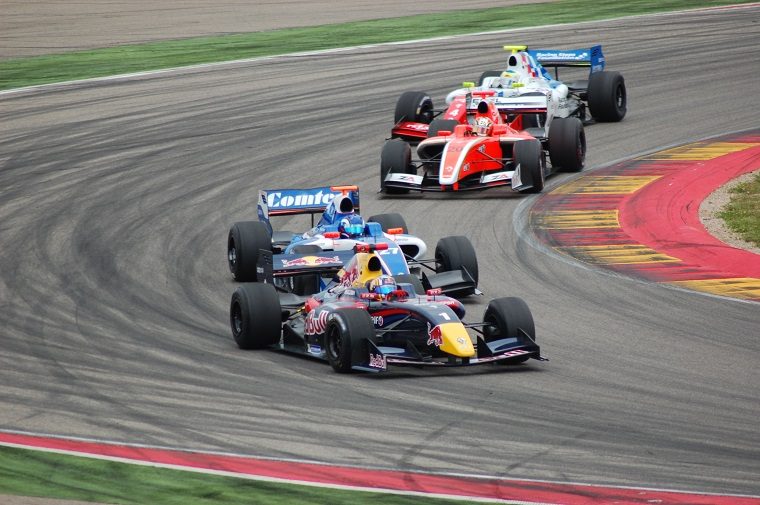
Drivers competing in the World Series Formula V8 3.5
Photo: Willtron
A “feeder series” is a racing championship in which drivers compete solely to progress up the motorsport ladder, though it is more akin to a pyramid. At the bottom, you have many options for getting into racing, almost all of which involve karting. You can progress through local, national, and even global competitions, eventually allowing you to move to open-wheel racing, depending on your success (and ability to afford it).
From there, the number of leagues you can join at each step of the pyramid gets smaller, so that by the time you arrive just one step below Formula One, you mostly have just two choices: Formula 2 or World Series Formula V8 3.5.
The FIA, the governing body of Formula One and many auto racing events around the world, has organized a program called the “Global Pathway from Karting to Formula One,” which provides drivers a clear course to follow from the bottom to the top of the ladder. This is not to say that drivers must follow the FIA Global Pathway to get to the top, as many other non-FIA series exist to provide drivers with the public profile and Super License points (more on that below) they need to get there, but it does facilitate the process.
Below is a list of some of the most notable racing series that are part of the common path to Formula One and that can grant drivers points toward their Super License (in bold are those officially part of the FIA Global Pathway). Keep in mind that the lower you go down the tiers (especially down into the world of karting), the more alternative, unlisted series become available—there are just too many to make note of here.
Tier 1
Tier 2
- FIA European Formula 3 Championship
- GP3 Series
- Super Formula
- Indy Lights (also part of “Road to Indy” program)
Tier 3
- FIA Formula 4 Championship
- National Formula 3 championships
- Formula Renault 2.0
Tier 4
- CIK-FIA Karting World Championship
- CIK-FIA Karting Continental Championships
Super License
-> Main article
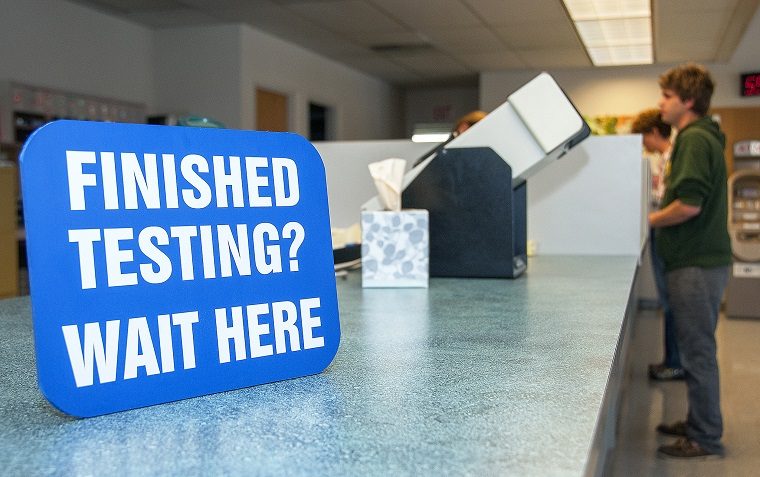
The DMV is not where you’ll be getting your Super License
Photo: Oregon Department of Transportation
To be eligible to enter Formula One, drivers must hold an FIA Super License. This involves meeting various requirements—such as completing at least 300 km of testing in a recent F1 car and spending at least two years in junior level racing—and is designed to reward drivers who have enjoyed reasonable success in junior motorsport categories. Generally, if a racing driver is successful and experienced enough that they are being scouted for a Formula One drive, they should have no trouble obtaining their Super License, though it can nonetheless remain difficult for drivers who do not already have a team’s support.
Young driver programs
-> Main article
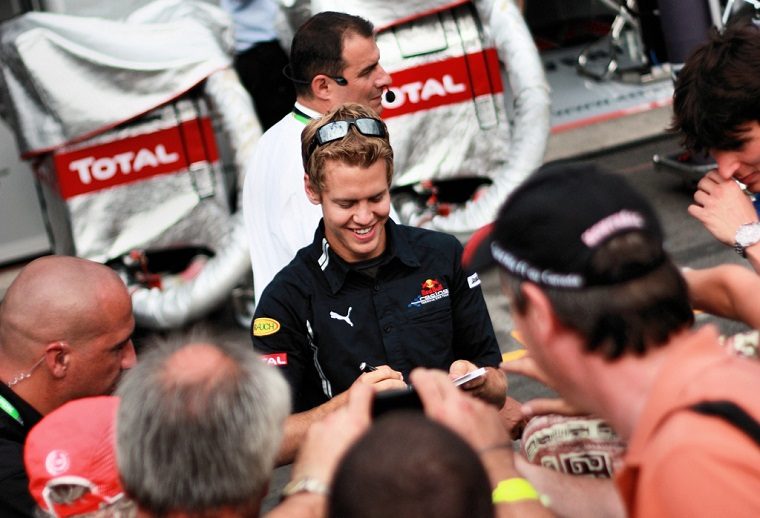
Sebastian Vettel (2009), now a four-time world champion, was brought up through the Red Bull Junior Team
Photo: nick@
Getting through the motorsport ladder is difficult and even if a driver wins every junior racing league, they could still not be guaranteed a spot in Formula One. Worse, a driver may be unable to get those 300 km of testing required for the Super License without sponsorship or the right connections, making young driver programs particularly attractive for those seeking a future in Formula One. These programs are used by racing teams to develop young drivers as they progress through feeder series and help give them a clearer path toward an actual racing seat. Though most top teams each have a young driver program of their own, the most famous and successful is the Red Bull Junior Team, which brought Sebastian Vettel, Daniel Ricciardo, and Max Verstappen to Formula One, all race winners and the first a four-time champion.
Parallel series
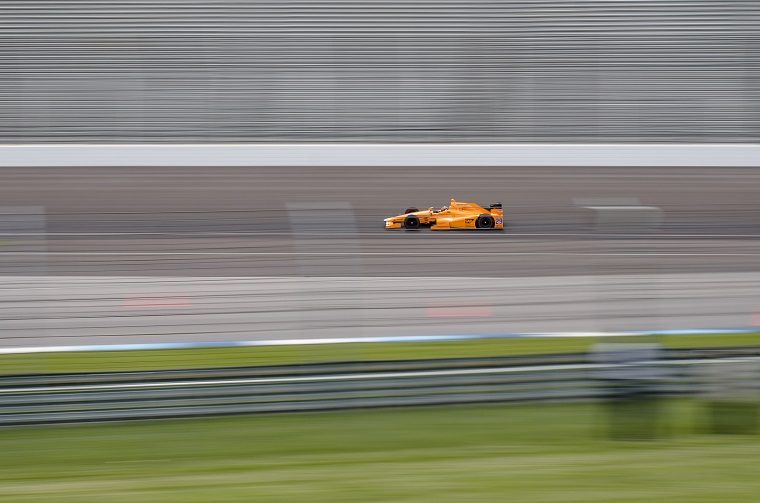
Photo: Michael Allan Foley
Not all racing drivers view Formula One as their ultimate goal and not all drivers going up the motorsport ladder end there, even if they might have originally desired to. And clearly, some racing disciplines have nothing to do with Formula One—such as rallying—yet drivers may nonetheless wish to try their hand at Formula One after having enjoyed success somewhere else. As a result, some drivers can arrive at Formula One without having taken the traditional route.
Most notably, IndyCar racing is closely related to Formula One in that both are top open-wheel racing series and IndyCar even has a “Road to Indy” program similar to the FIA Global Pathway. Many drivers can start on the path to IndyCar and cross over at some point to a path toward Formula One instead, or vice versa. Furthermore, drivers who participate in IndyCar and in one of its feeder series, Indy Lights, can earn FIA Super License points.
This allows experienced and successful drivers from the United States domestic series or from other major series to move on to Formula One without first taking part in other FIA-sanctioned events.
The following is a list of all the non-feeder racing competitions that can provide drivers with Super License points (see the article dedicated to the FIA Super License to see exactly how many points drives in each series can be awarded).
- FIA Formula E Championship
- FIA World Endurance Championship (LMP1 class only)
- IndyCar Series
- Deutsche Tourenwagen Masters
- FIA World Touring Car Championship
- World Rally Championship
- International V8 Supercars Championship
You’ve made it to the top…what then?
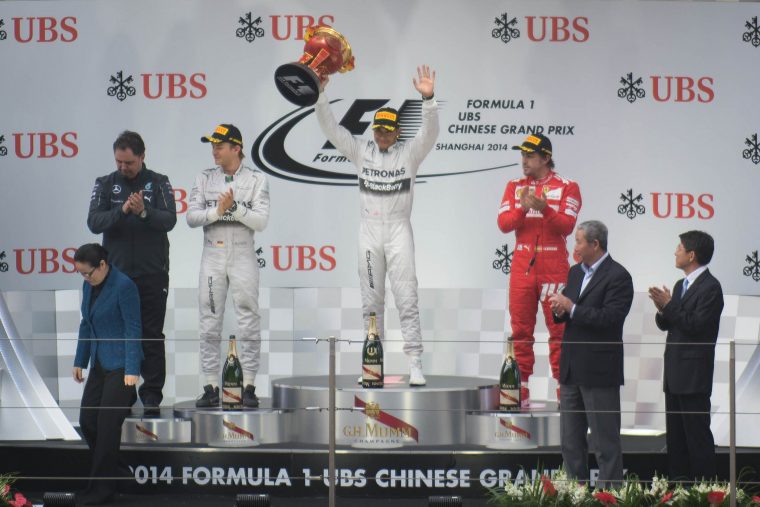
Photo: Drew Bates
Say you are a driver seeking to get into Formula One and have done everything right. You’ve followed the FIA Global Pathway, winning a regional Formula 4 championship, then the global Formula 3 competition, and finally Formula 2. All the Formula One teams are aware of you and you have even met all the requirements to obtain a Super License. What then? At this point, securing a Formula One seat should be a breeze, right?
Unfortunately, because Formula One is so cutthroat and the teams spend so much money in the pursuit of tiny, incremental advantages around the track, betting on any rookie driver is often a risk regardless of their glowing junior career. Thus, many teams won’t even consider hiring rookies unless they are already part of their young driver program or bring considerable sponsorship. Some teams, like Ferrari, only sign on established drivers and, as a general rule, most top teams won’t hire rookies because they might compromise their hunt for the prestigious championship trophy.
Most drivers, with a few exceptions throughout the years (such as Lewis Hamilton, who entered F1 in 2007 straight into the fastest team), will have to enter Formula One in a low- or mid-tier team that has little chance of winning a race or even scoring a podium. That can be jarring for some drivers, as generally anyone coming into F1 will have been used to being near the top of every competition they entered since they were children.
Worse, even low-tier teams may not hire promising and available rookie drivers simply because their current driver contracts do not allow it. They could have a strong driver and a driver who provides significant funds to help run the team; or they might already have two world-class drivers who want to stay on for at least one more year to see if the team’s fortunes turn around (which prevented McLaren young driver and rookie sensation Stoffel Vandoorne from signing on in 2016). In other words, you might have done everything you need and still not get into Formula One simply because the timing is wrong.
You could still get hired a year later, but that comes with an element of risk. You’ll be expected to keep racing elsewhere in the meantime and if you don’t do well, the Formula One bosses might reevaluate what they think of your abilities and decide you’re not fit for their team after all (“You’re only as good as your last race,” as the common saying goes). Alternatively, some other rookie wunderkind might whip up a storm in the series you had previously won and steal the spotlight—and your seat.
It’s a cutthroat sport where you have to constantly prove yourself—and it doesn’t stop even once you’ve managed to sign on with your dream Formula One team. But if you’ve got what it takes, you’ll be able to travel the globe at some of the most exotic locations, make millions, earn a nigh-untouchable status as one of the best drivers in the world, and enjoy the thrill of driving the fastest racing cars ever built.
Kurt Verlin was born in France and lives in the United States. Throughout his life he was always told French was the language of romance, but it was English he fell in love with. He likes cats, music, cars, 30 Rock, Formula 1, and pretending to be a race car driver in simulators; but most of all, he just likes to write about it all. See more articles by Kurt.

